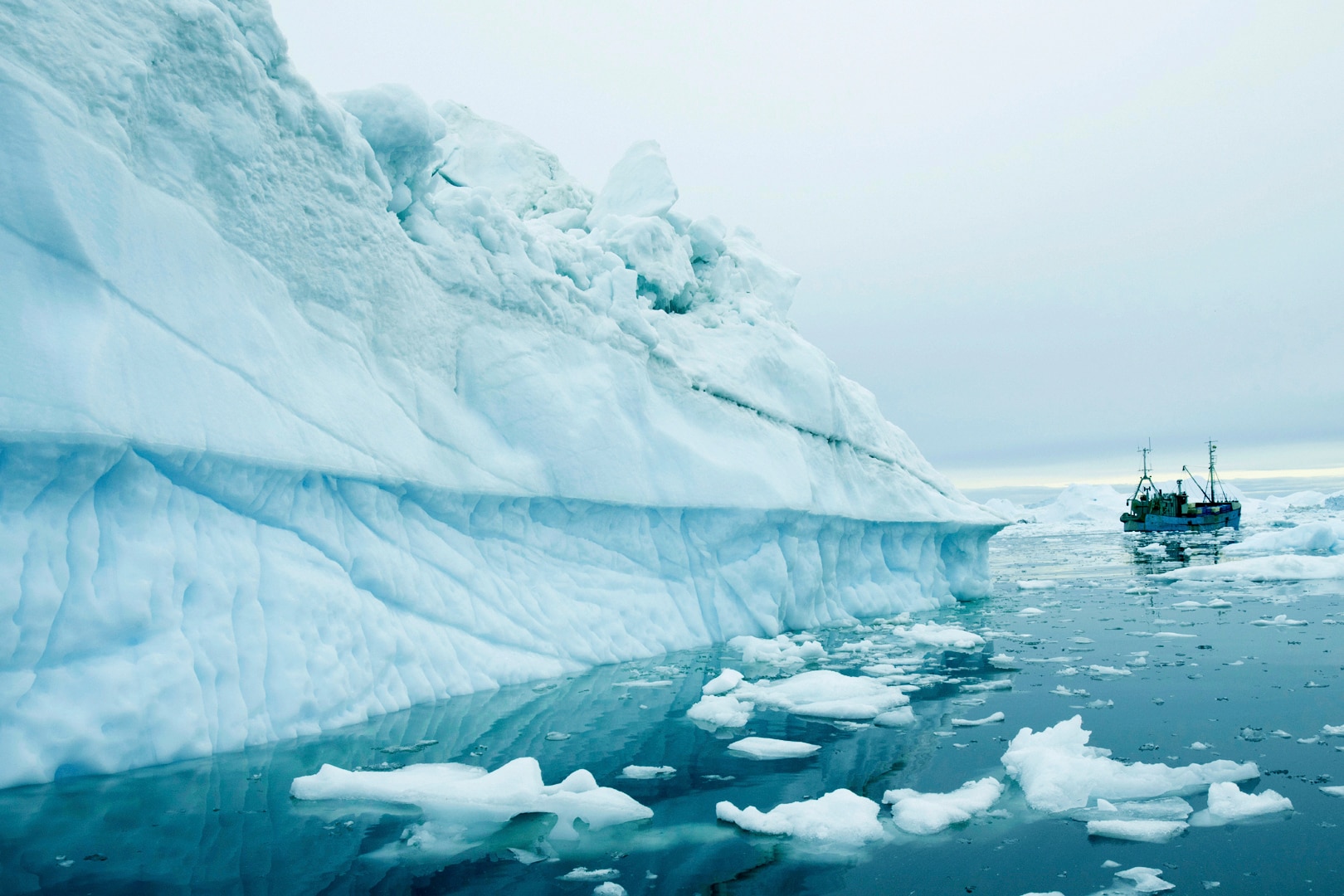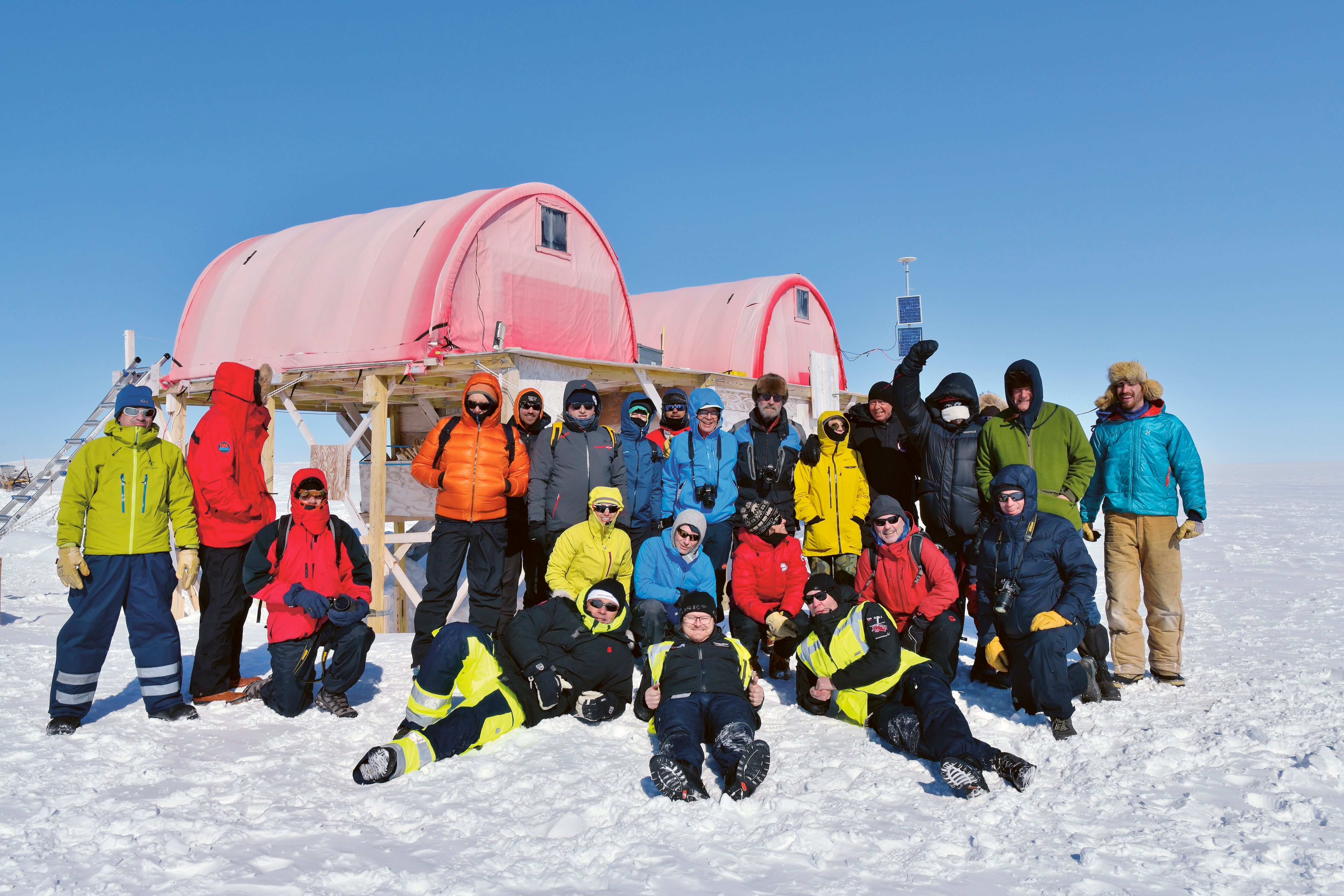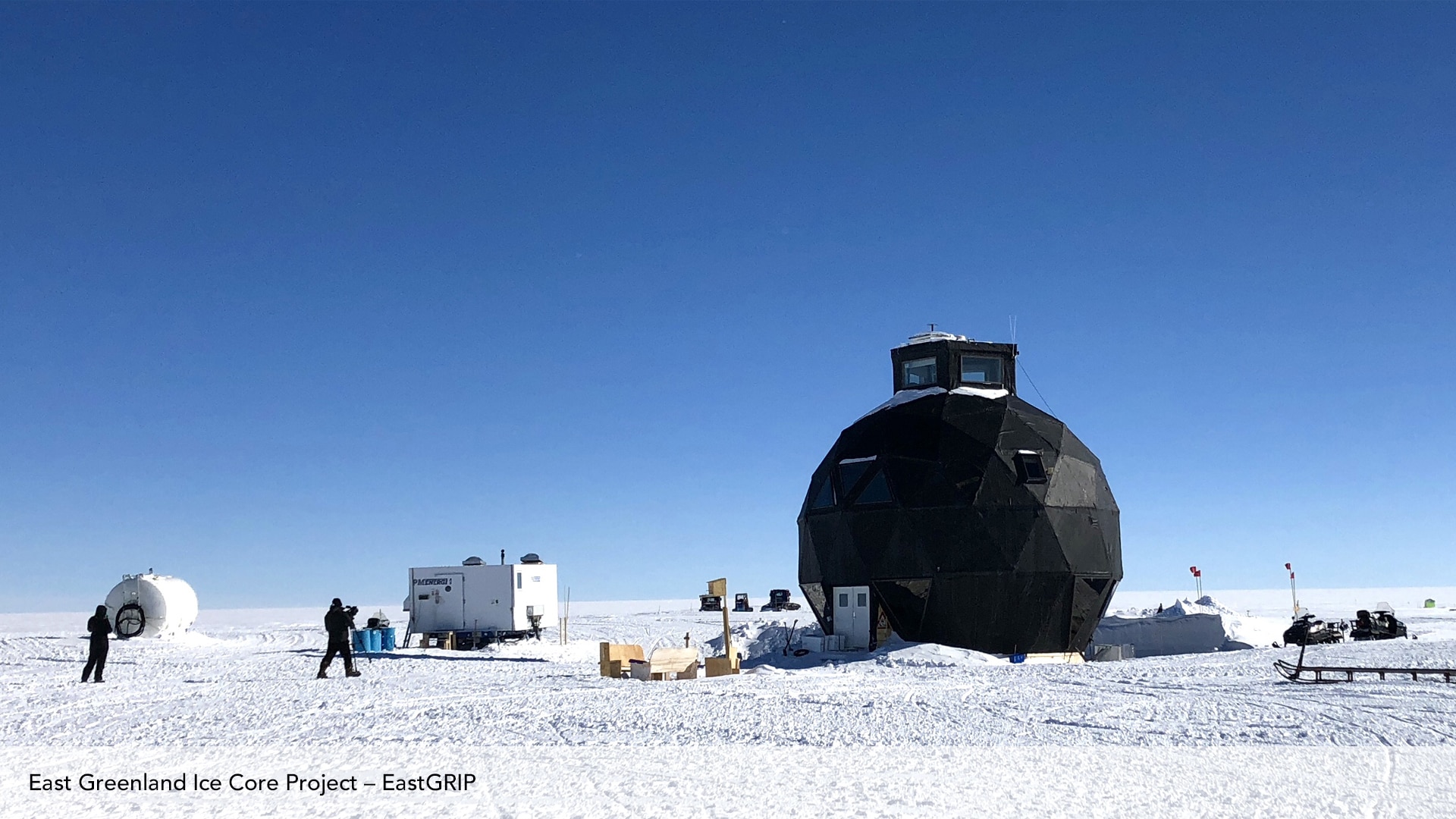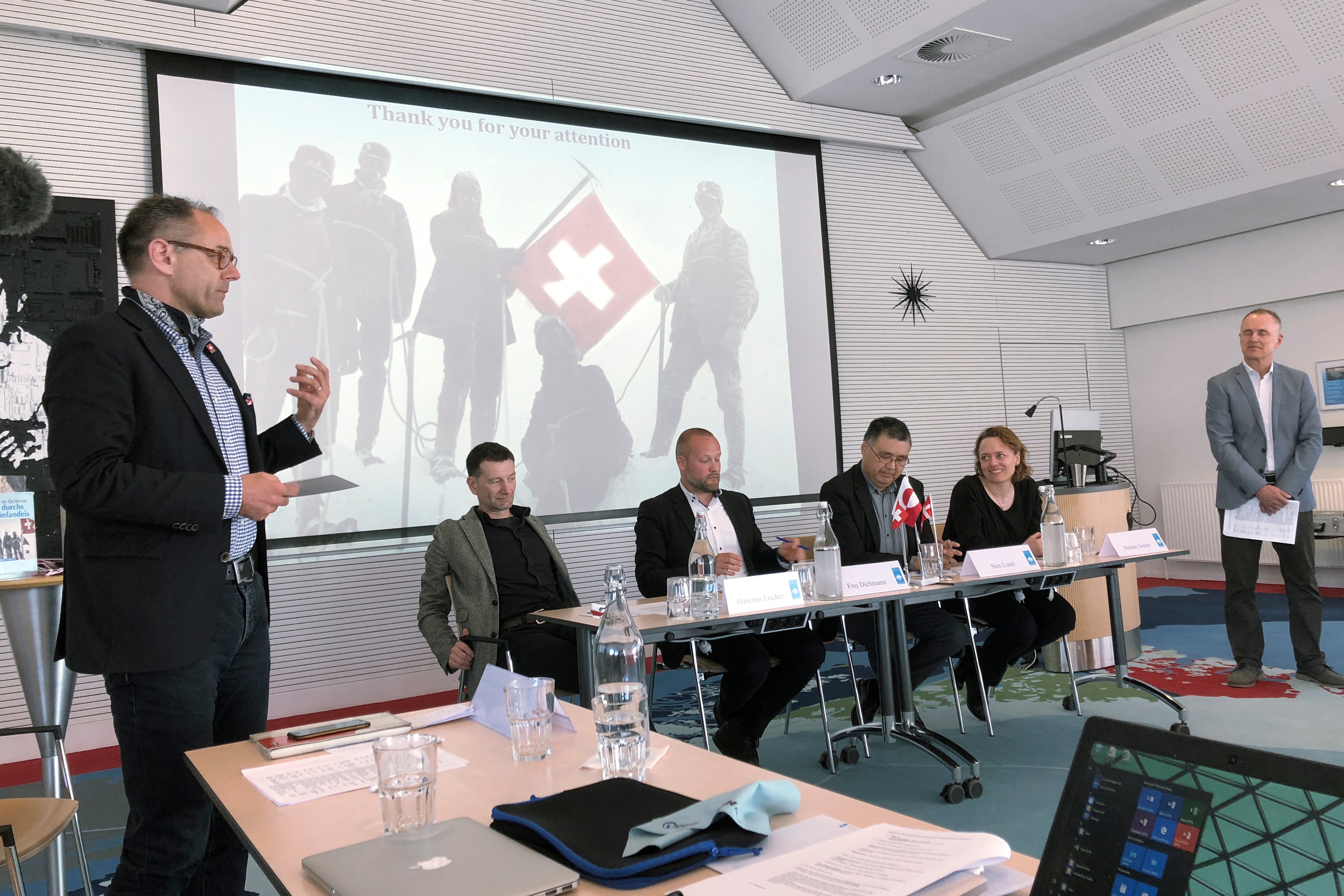North Greenland Expedition 2018


The 2018 Greenland Expedition marked the beginning of the Leister Foundation’s commitment to supporting scientific research projects in Greenland.

The nine-day expedition took the team to a variety of locations, including Ilulissat, the Swiss Camp, the EGRIP station, and even such remote sites as Qaanaaq and Washington Land. Thanks to careful logistical preparations—including flights with Twin Otters and helicopters—the participants were able to visit far-flung research stations and difficult-to-access regions.

The expedition focused on the impact of climate change on the Greenland ice sheet. By visiting the research stations Swiss Camp, EGRIP, and Arctic Station, it was possible to obtain direct insight into ongoing research projects, which ranged from testing the world’s smallest ice probe to making geophysical measurements and analyzing ice cores. The results of these projects provide important evidence about tipping points in the global climate system and highlight the role played by Greenland in rising sea levels.

Visually, this expedition was marked by enormous glaciers, retreating ice, and vegetation in ice-free areas that displayed a surprising abundance of species. In addition to studying the development of vegetation, emphasis was also placed on encounters with the local population. The expedition members were given a glimpse into the lives of the Inuit in Kullorsuaq, Qaanaaq, and other groups—communities that are grappling with profound environmental changes in their daily lives.

The expedition was defined by exchange and collaboration: between natural and social sciences, between art and research, and between local and international actors. Particularly valuable was the close connection between science and artistic reflection—through photography, drawing, and installations that made the topic of climate change emotionally and visually tangible. As part of the “Swiss-Danish-Greenlandic Seminar” in Ilulissat, perspectives for establishing a Greenlandic research center were discussed.
